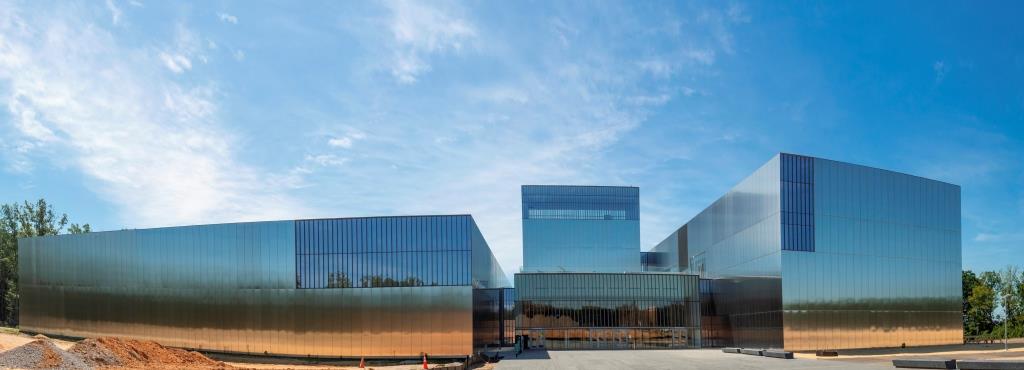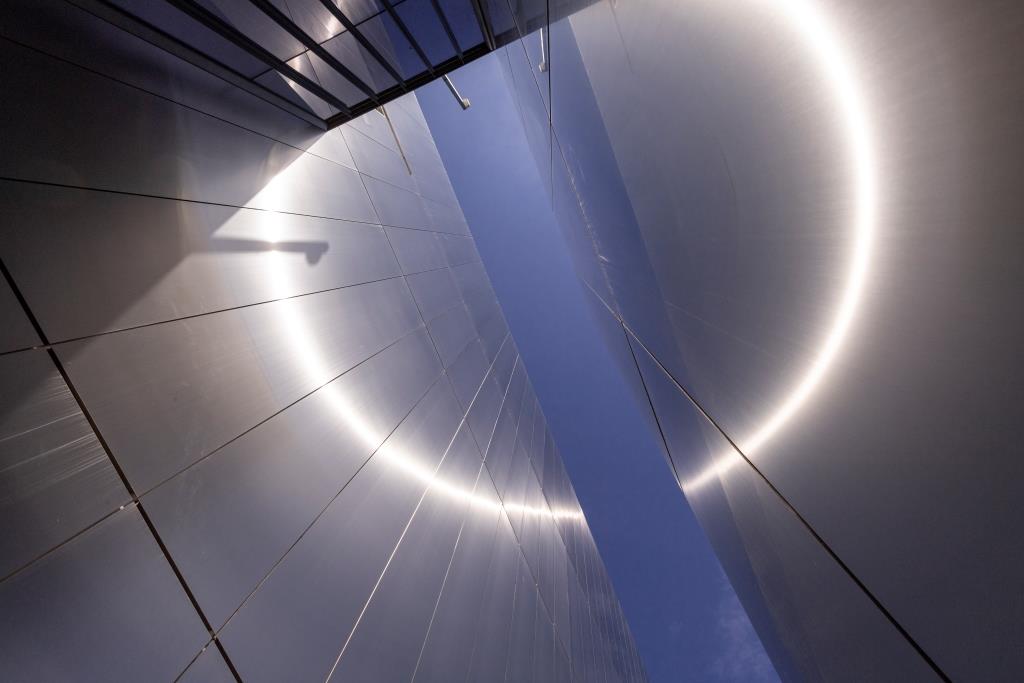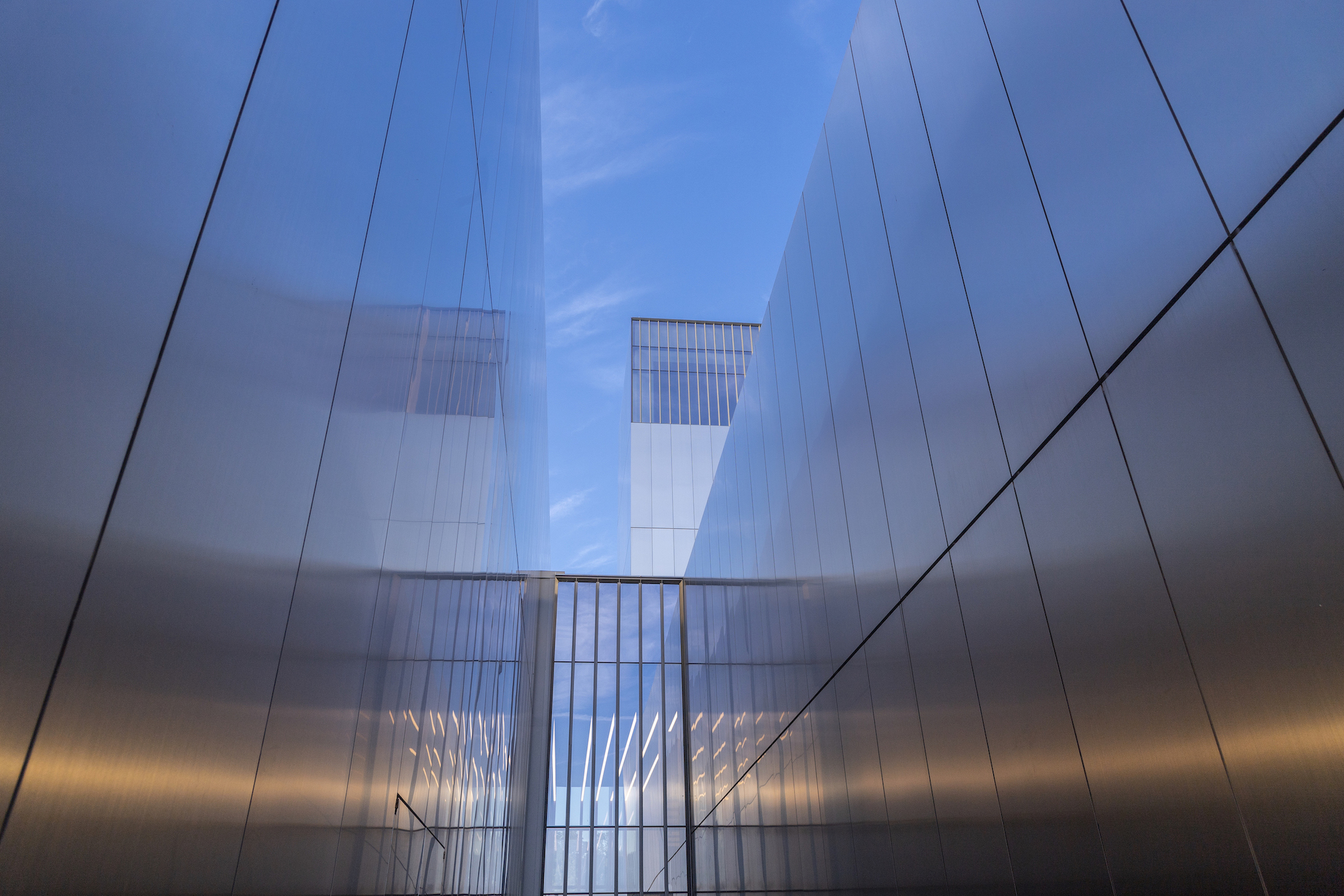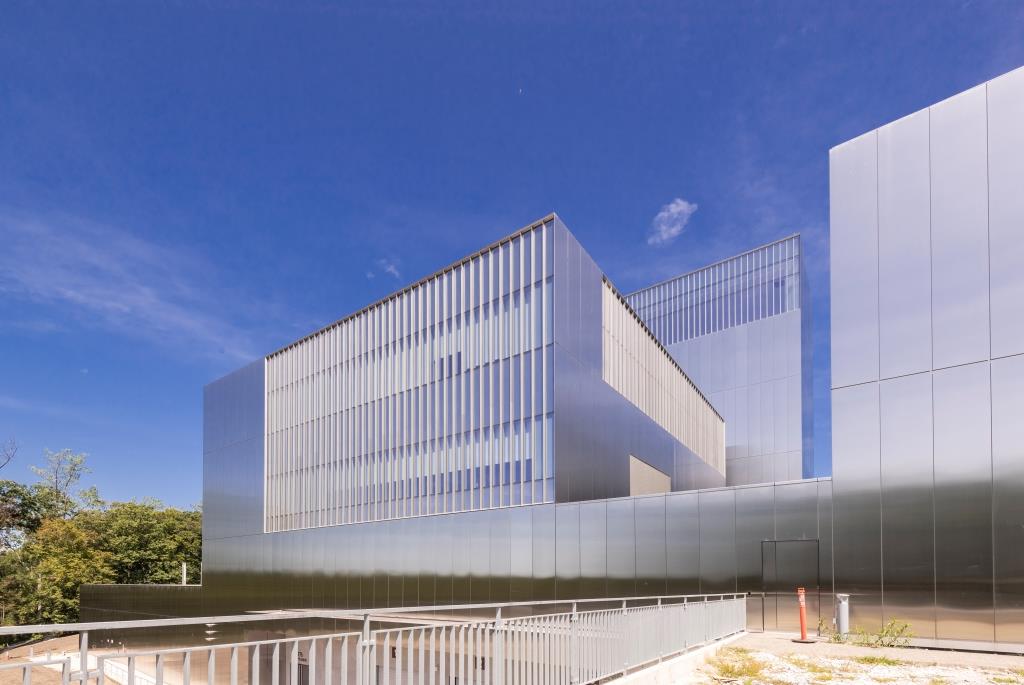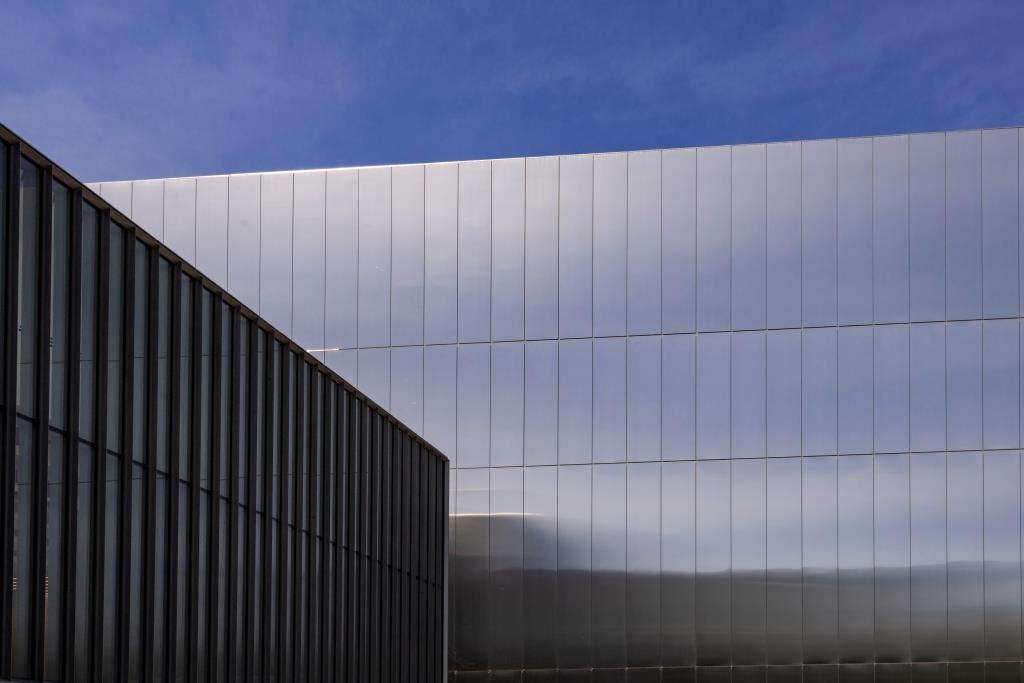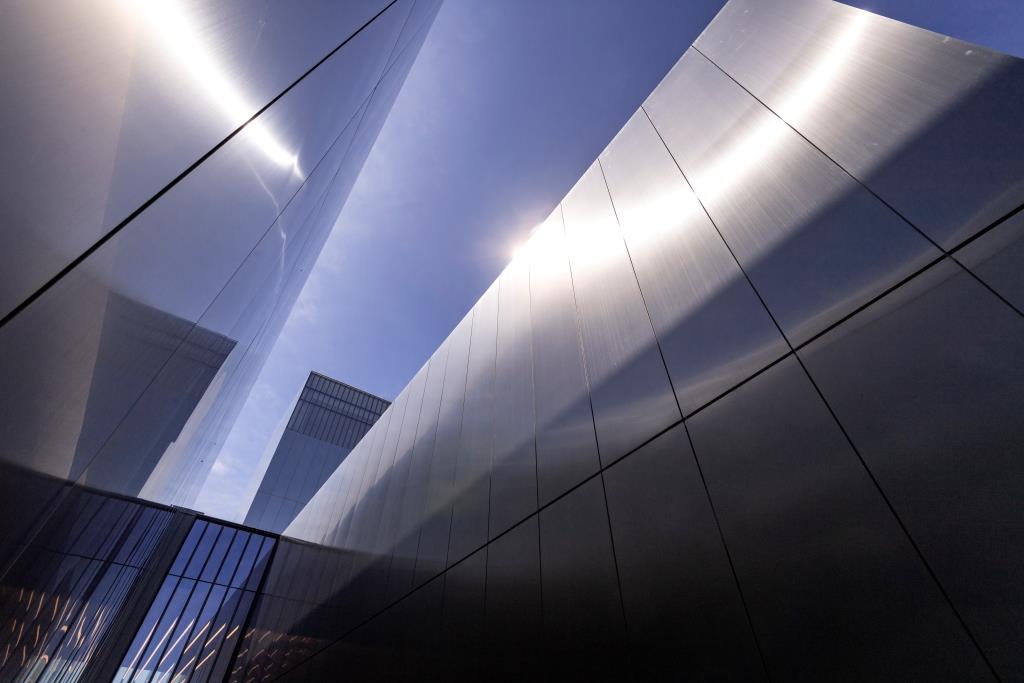- home
- portfolio
National Museum of the Army
National Museum of the Army
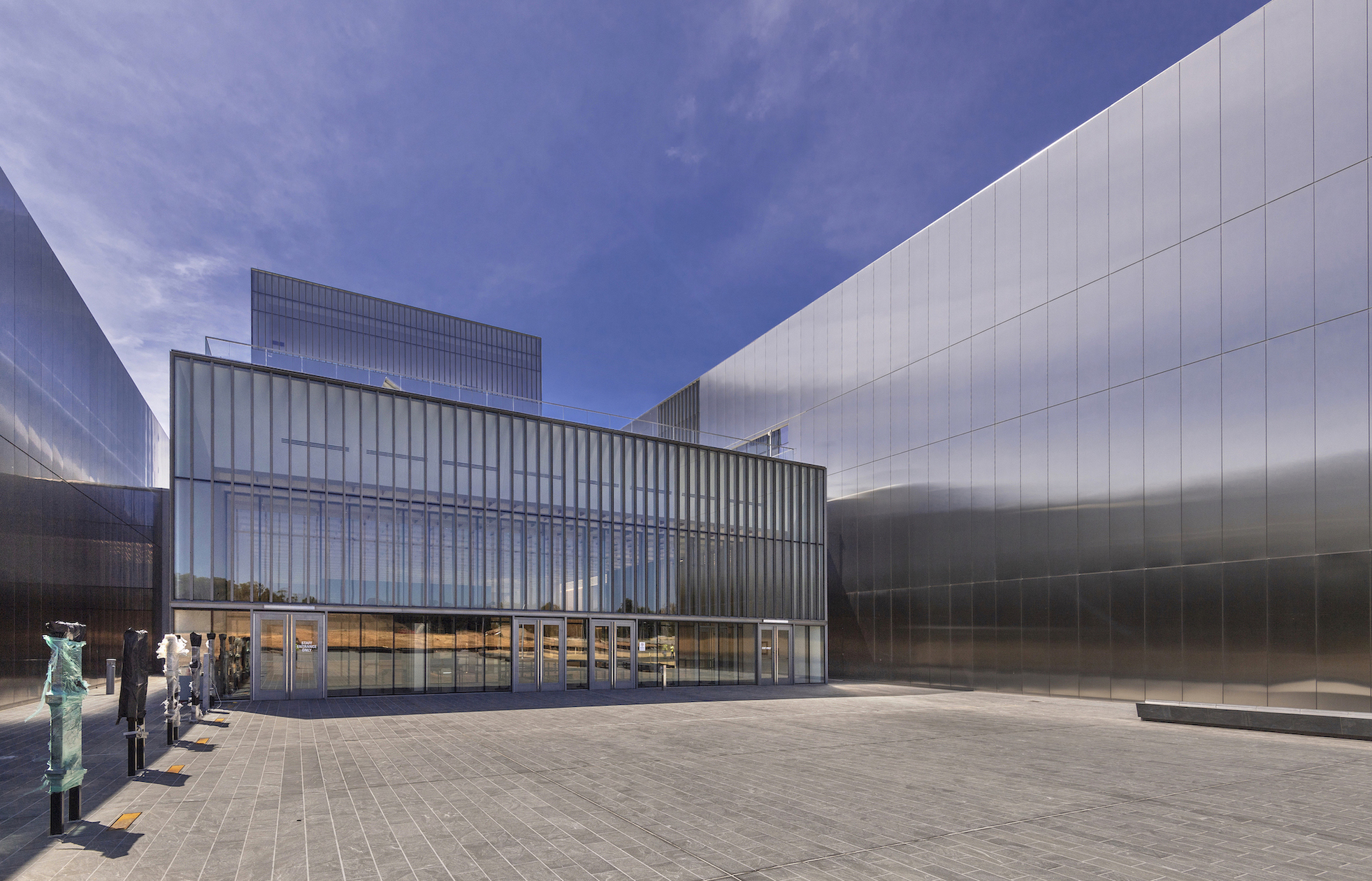
Project Details
Scope Size:
185,000 sq. ft.
Market Segment:
Government
Architect:
Skidmore, Owings and Merrill, LLP
Systems:
products:
The National Museum of the Army will showcase well over 240 years of army history, men and women presently in service, and will look to the army’s future when it opens its doors in June 2020. Located in proximity to Washington D.C., the building is a massive structure at 185,000 square feet, and it is owned by the US Army with fundraising delegated to a private non-profit group, The Army Historical Foundation (AHF).
The three-story building was designed by SOM, and the museum is formed of five “pavilions” which are connected by glass thresholds, according to the firm’s website. Metal fins at the corners of each pavilion are incorporated over more glass to add texture and a dynamic sense of movement to the façade.
Completed in early 2019, the conventional building exterior rain screen wall system is installed over structural metal studs, and exterior grade gyp sheathing covered with a weather resistant air barrier. Metalwërks products feature heavily at the façade, with 110,000 square feet of Arcwall™ Spline covering most of the museum’s exterior. The wall panels are assembled using 36” wide, 11-gauge T316 Stainless Steel finished with a #6 long grain, polished face plates attached to an engineered, extruded aluminum frame. The vertically-oriented wall panels feature a laser-cut edge for a crisp, sleek floating appearance, and they also incorporate a recessed spline reveal finished in non-directional satin stainless steel. Many of the panels are 20 feet tall.
The panels are attached to the building using stainless steel furring and mineral wool for the thermal layer. The panel system and thermal layer was installed by Tecta America East LLC – Architectural Metals Division, based in Glen Rock, PA.
The wall copings are formed 14-gauge T316 stainless steel with a slightly recessed appearance. At the base, there are recessed non-directional satin stainless steel sections located at grade.

